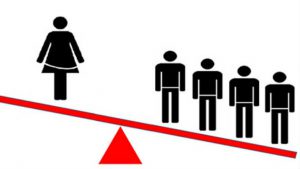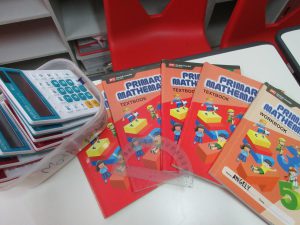Most of us usually are more familiar with positive numbers than negative numbers, due to its frequency of use in the daily life of experiences. Most of the times, we use positive numbers to represent the quantity of something, but often forget about negative numbers. However, negative numbers have their own importance and advantages.
On a number line, positive integers are counted to the right of the integer 0 and negative integers. (Fun Fact: 0 is an integer, but is not positive nor negative)

Financial Purposes
Negative numbers play a huge role in this field, acting as numbers that represent loss, owing, withdrawal, stock market price that goes up or down while positive numbers represent profit, investments, deposit, etc. It also shows the difference between the value of a debit card and a credit card.
Temperature and Everyday Experiences

It is used to describe temperature that degrees 0-degree Celsius in different terms including weather forecasting, medical field, and many more. In addition, it is also used for measuring distances below the surface, for example: sea level, etc.
Studying about negative numbers and the ways of calculating it, is helpful for our daily basis.
For credits and more resources: visit this site.


